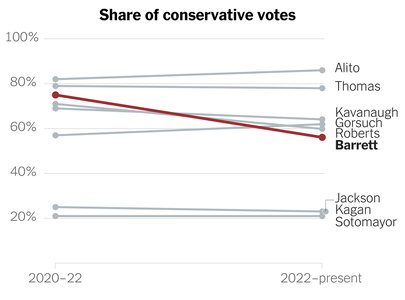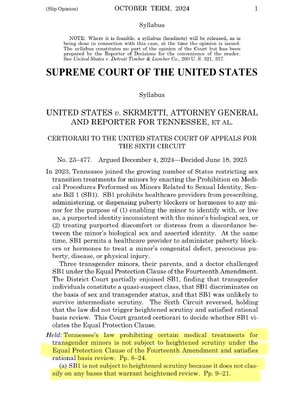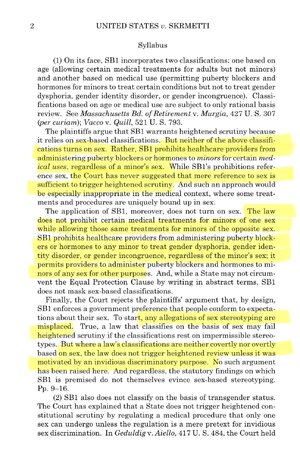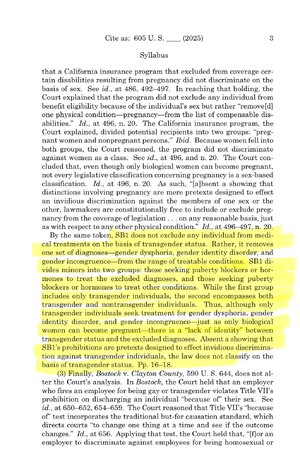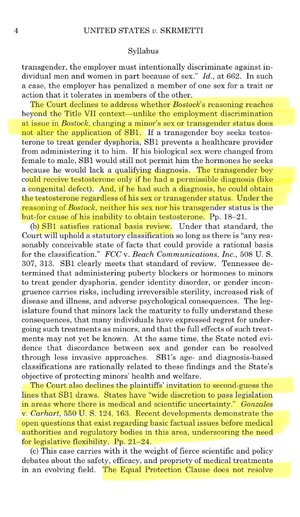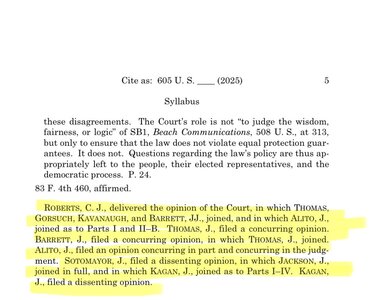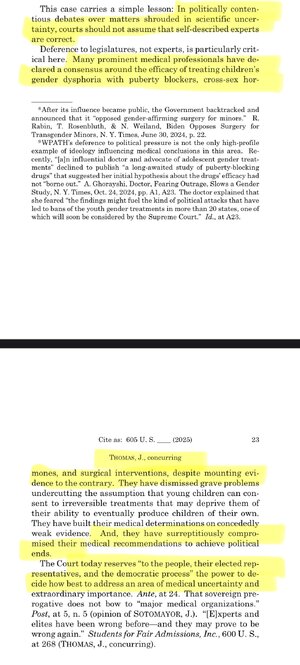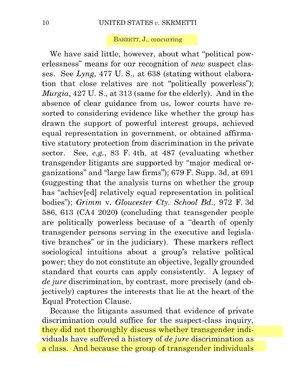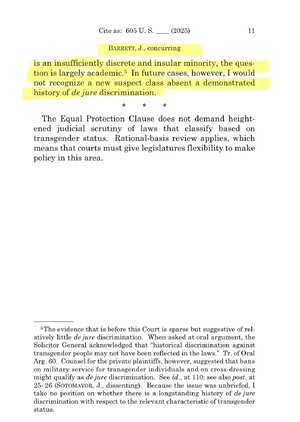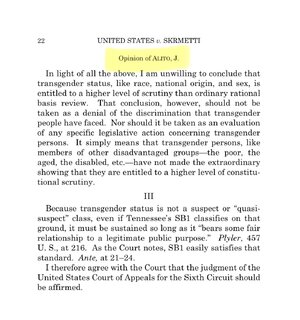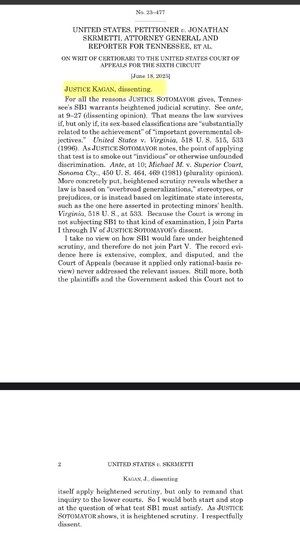Supreme Court justices get snippy as key decisions loom
“… When Supreme Court Justice Brett Kavanaugh delivered excerpts of a recent decision on environmental regulation from the bench, he segued into a zealous policy-driven admonition about government “delay upon delay” and the consequences for America’s infrastructure.
… Days later, when Justice Clarence Thomas joined a unanimous job-bias ruling, he penned a separate opinion that included an extraneous footnote decrying DEI. “American employers have long been ‘obsessed’ with ‘diversity, equity, and inclusion’ initiatives and affirmative action plans,” he wrote, joined by Justice Neil Gorsuch, and referring to a brief from America First Legal Foundation, founded by Stephen Miller, now a top policy adviser to President Donald Trump. “Initiatives of this kind have often led to overt discrimination against those perceived to be in the majority.”
And last week, when Justice Ketanji Brown Jackson dissented from the court’s decision giving the Department of Government Efficiency (DOGE) access to Social Security Administration data, she stepped back and juxtaposed lower court judges’ handling of Trump litigation with that of the conservative high-court majority.
She variously described the lower court judges as “hard at work”; engaged in “thorough evaluations”; and issuing “well-reasoned interim judgments.” The Supreme Court’s conservative majority, on the other hand, “dons its emergency-responder gear, rushes to the scene, and uses its equitable power to fan the flames rather than extinguish them.”…”


